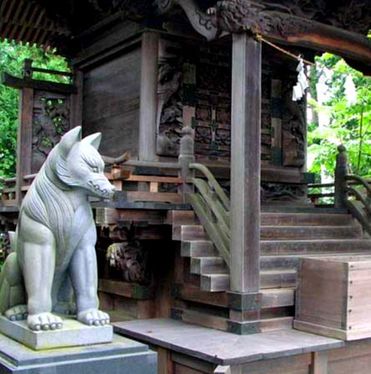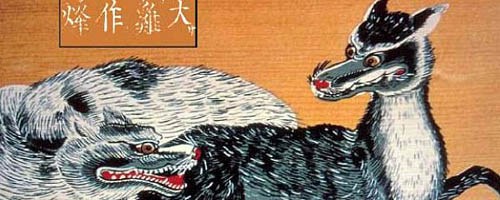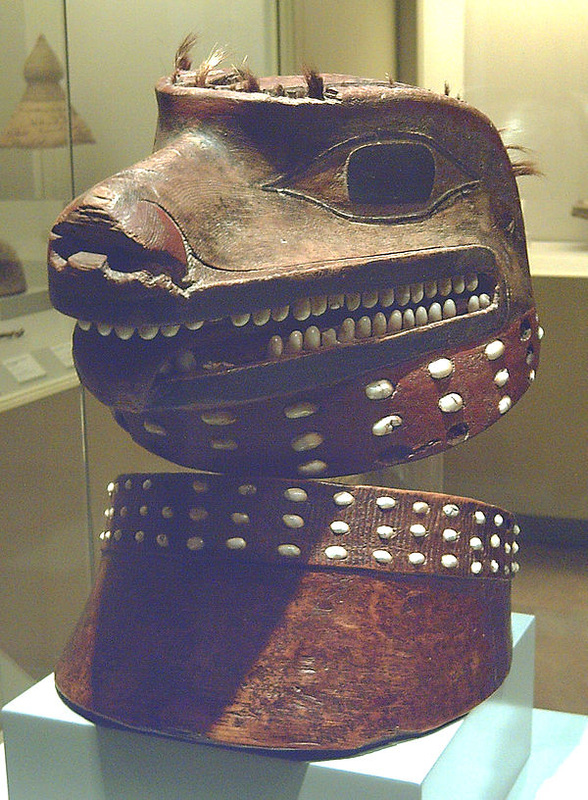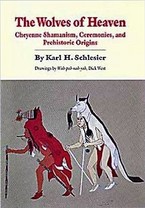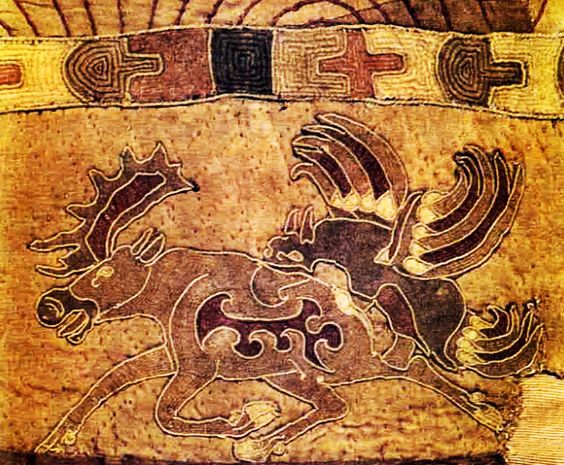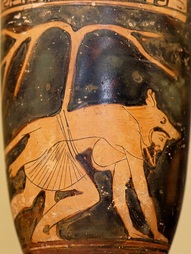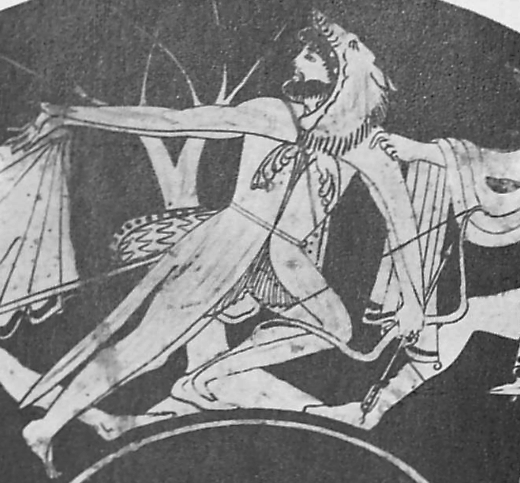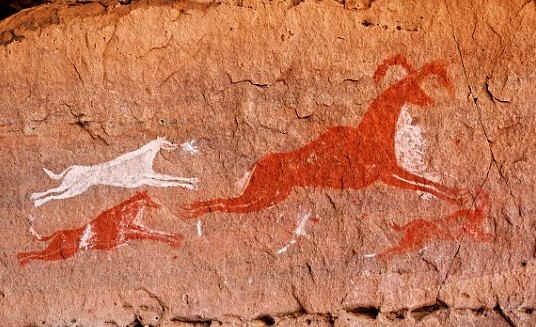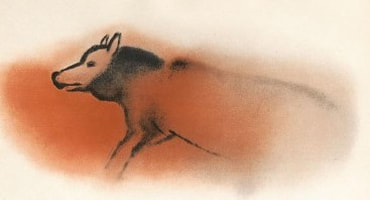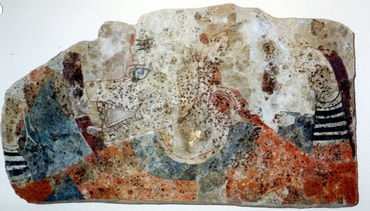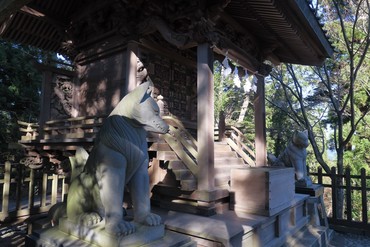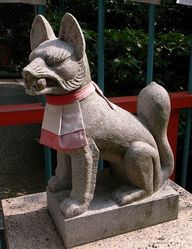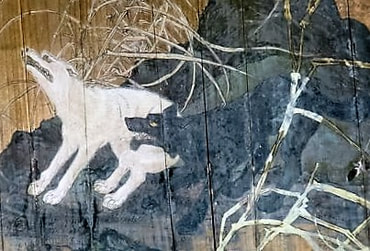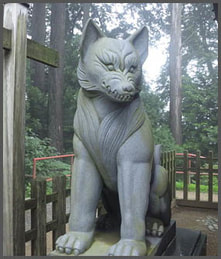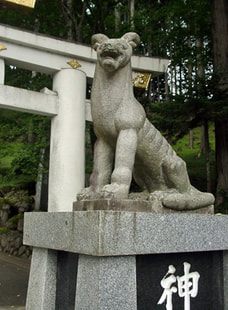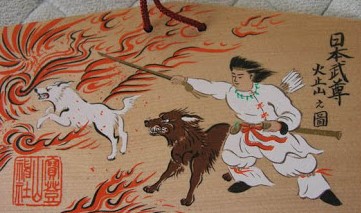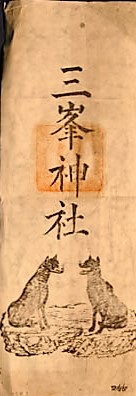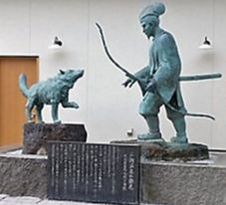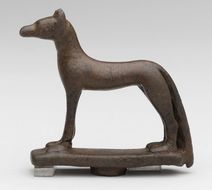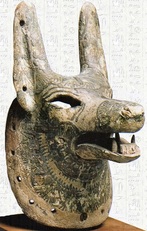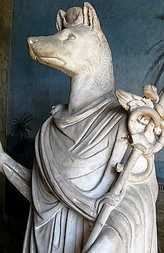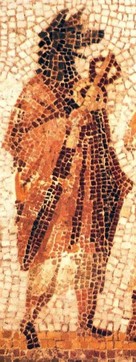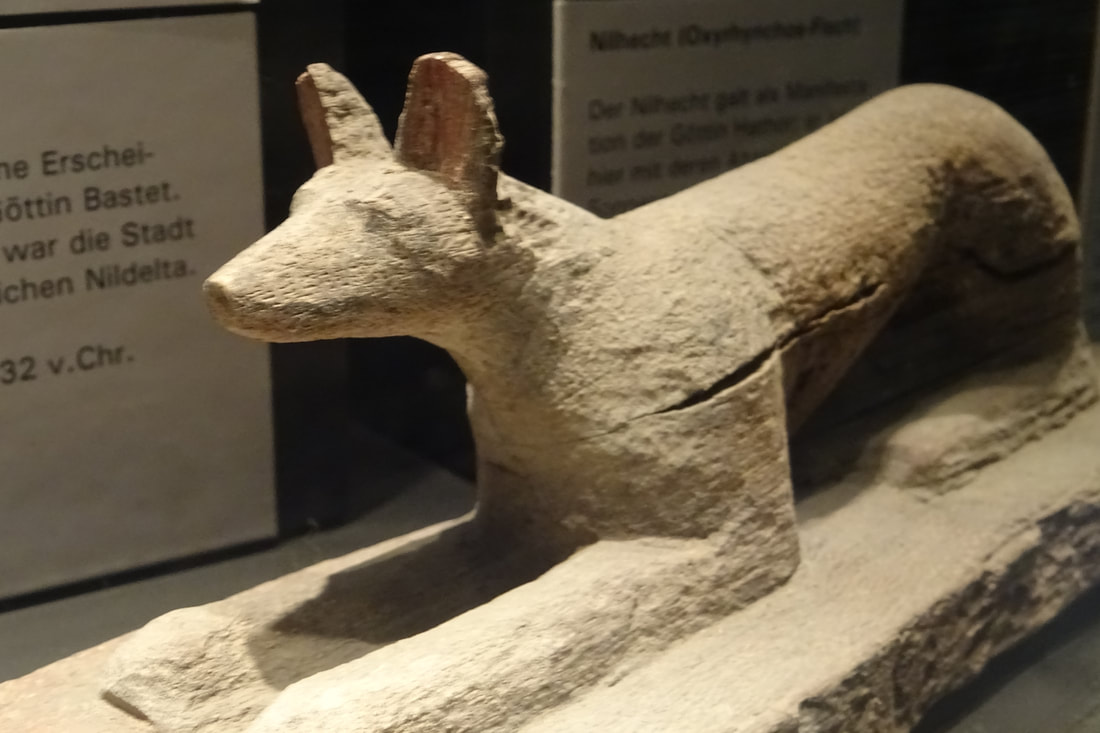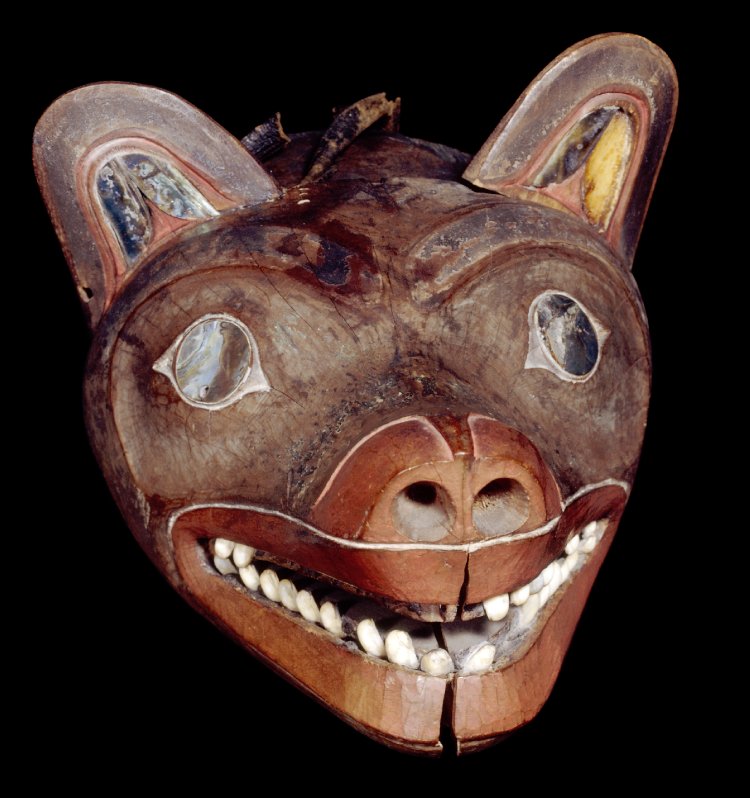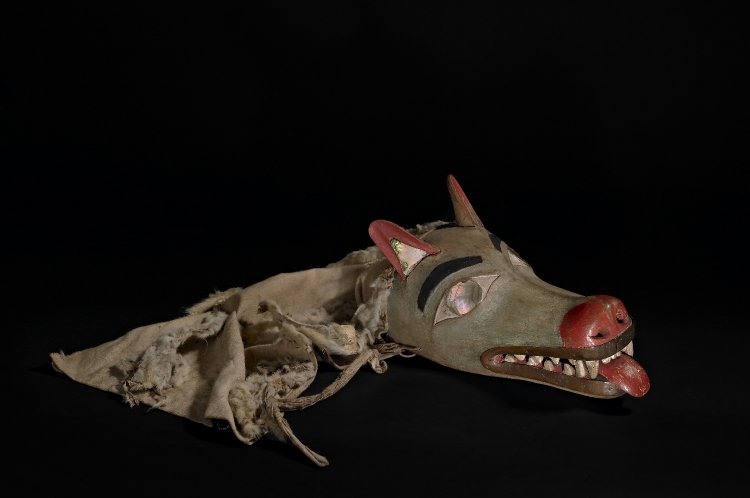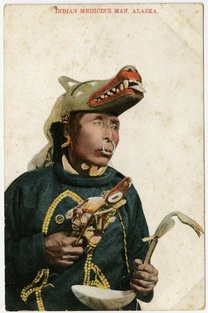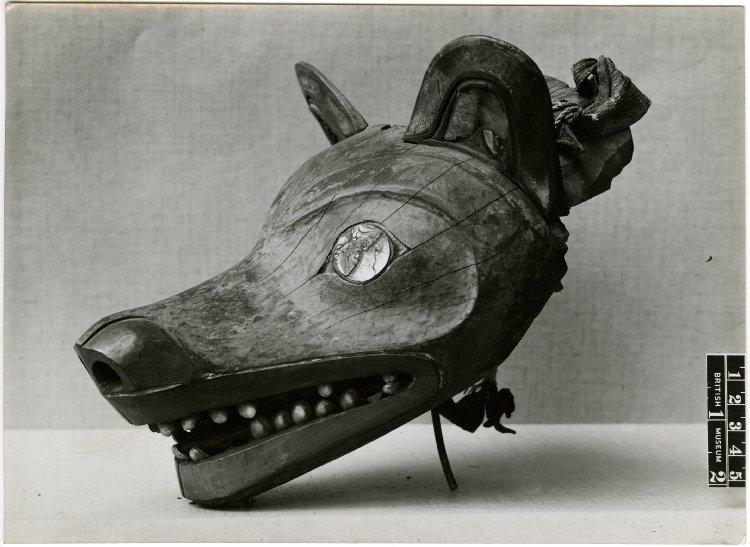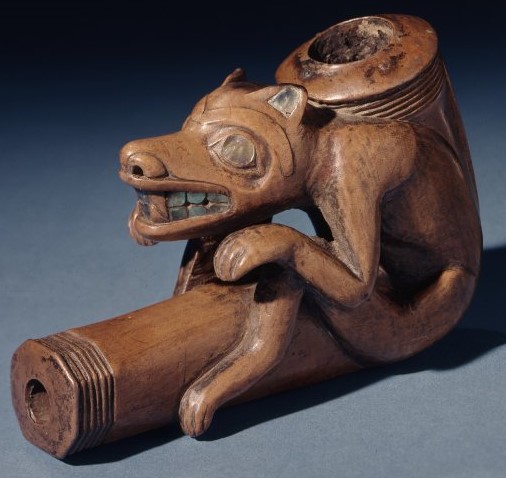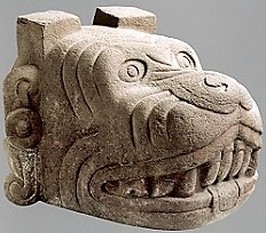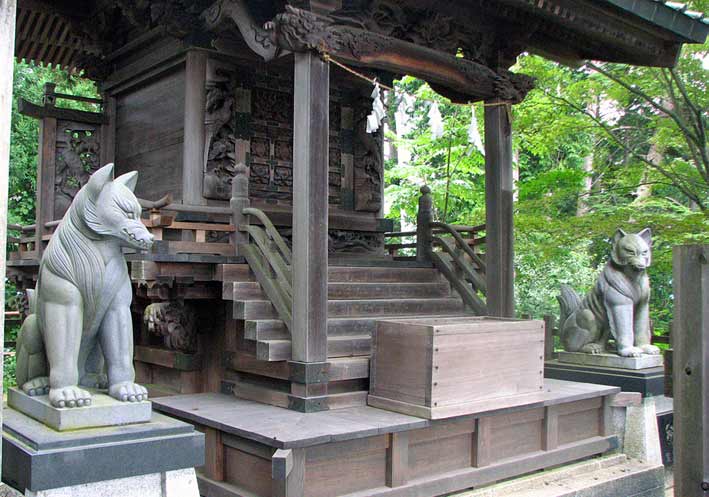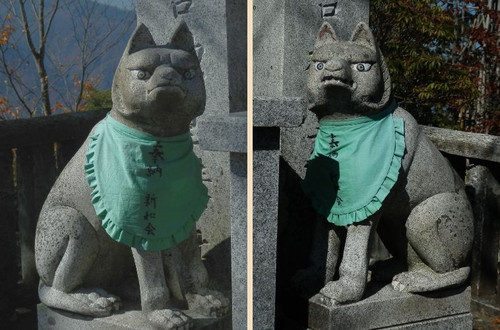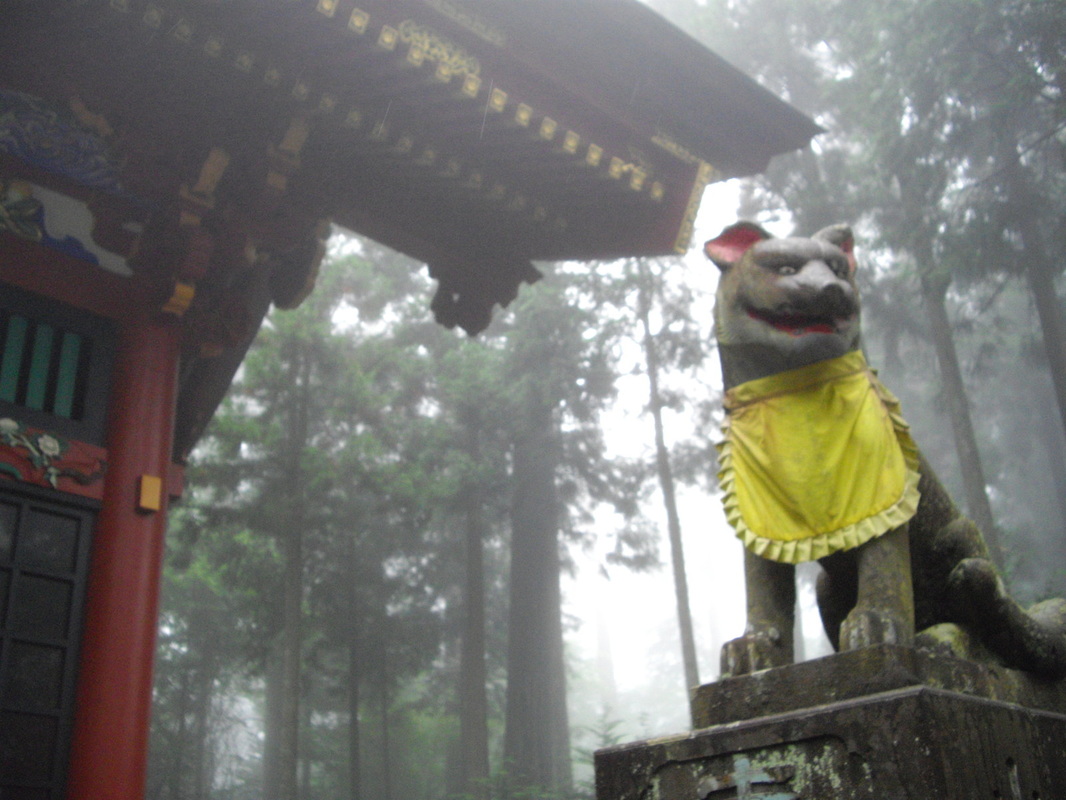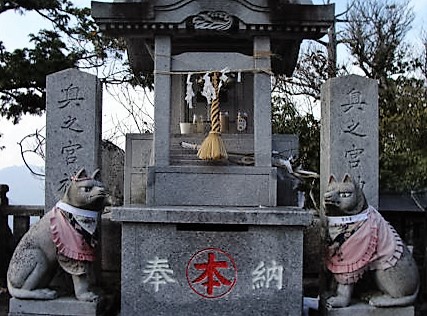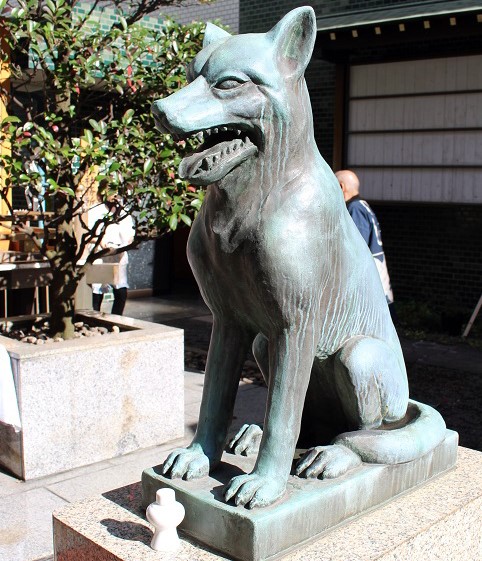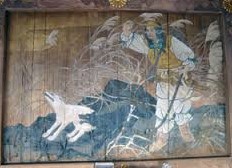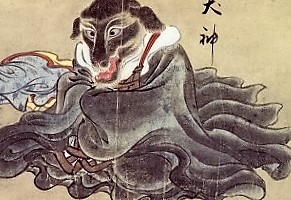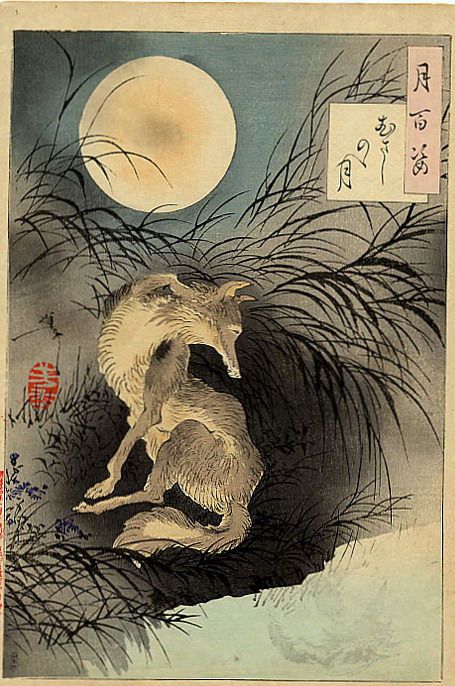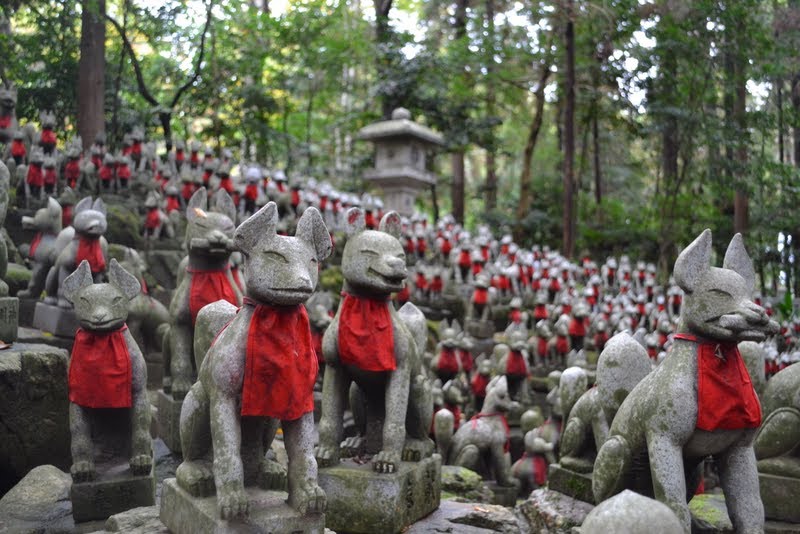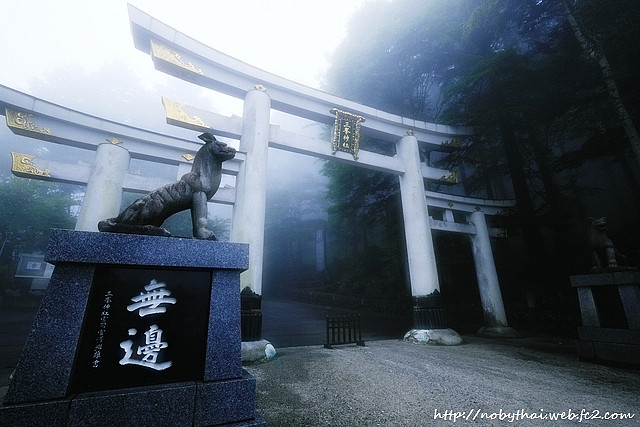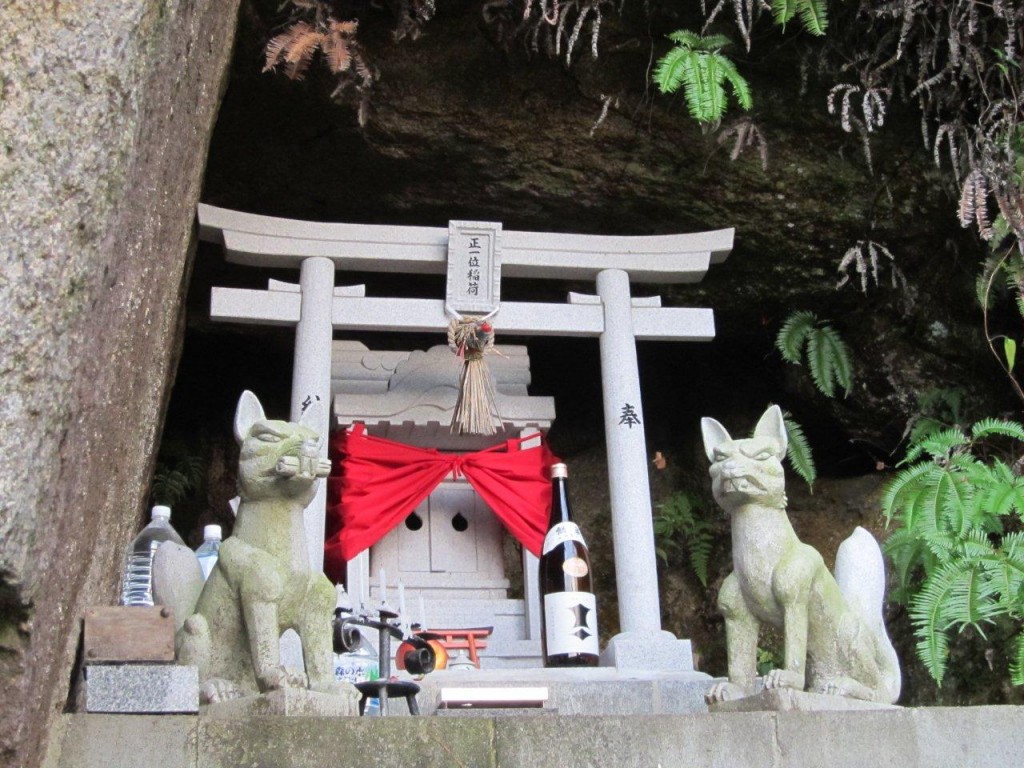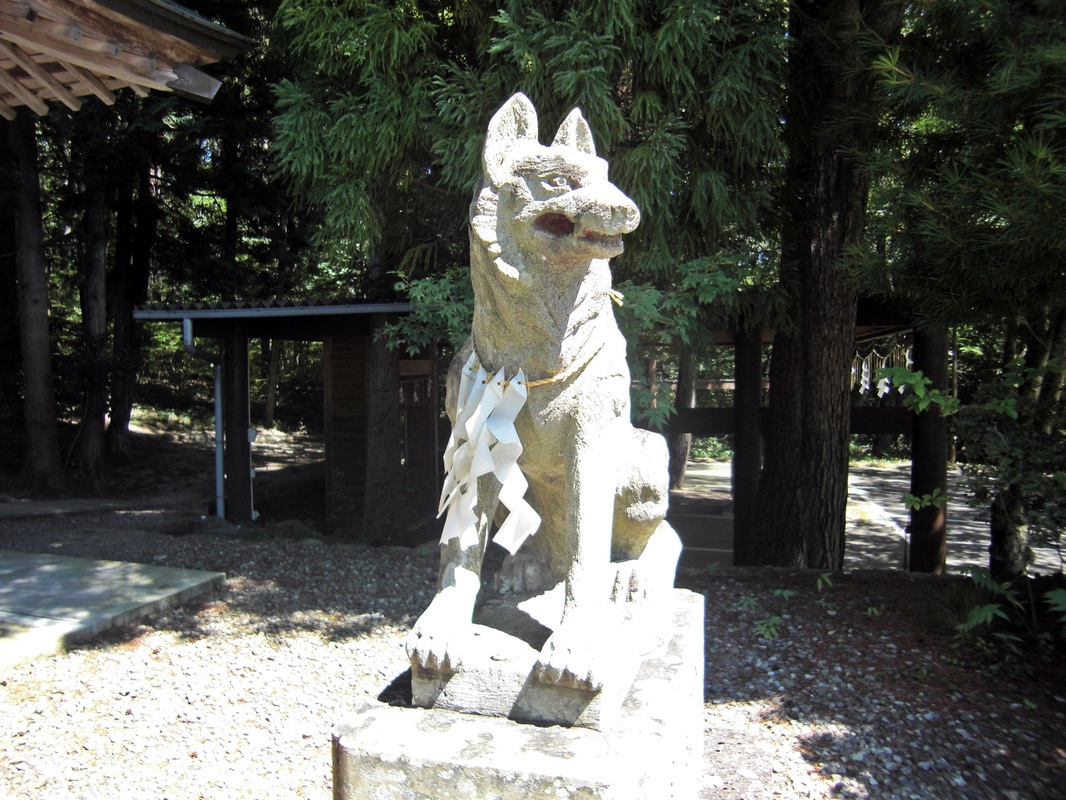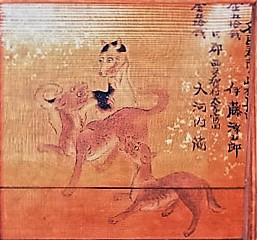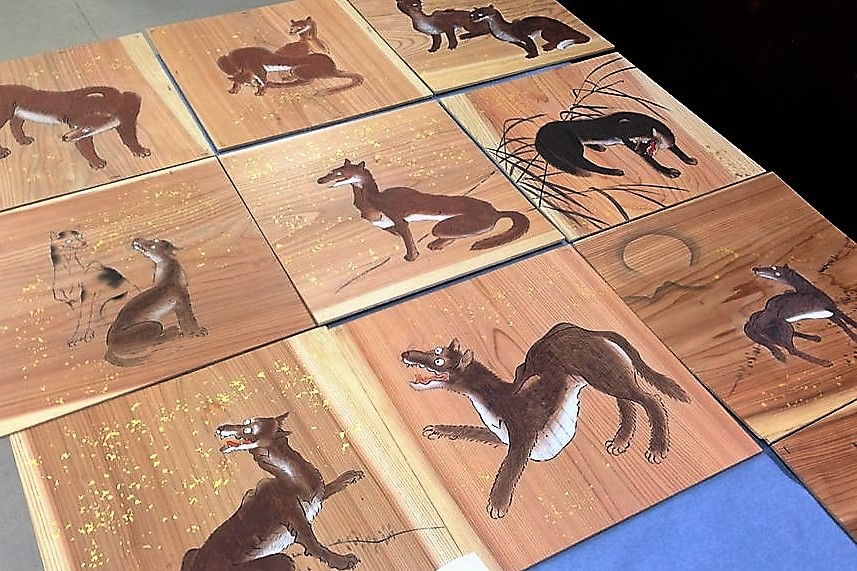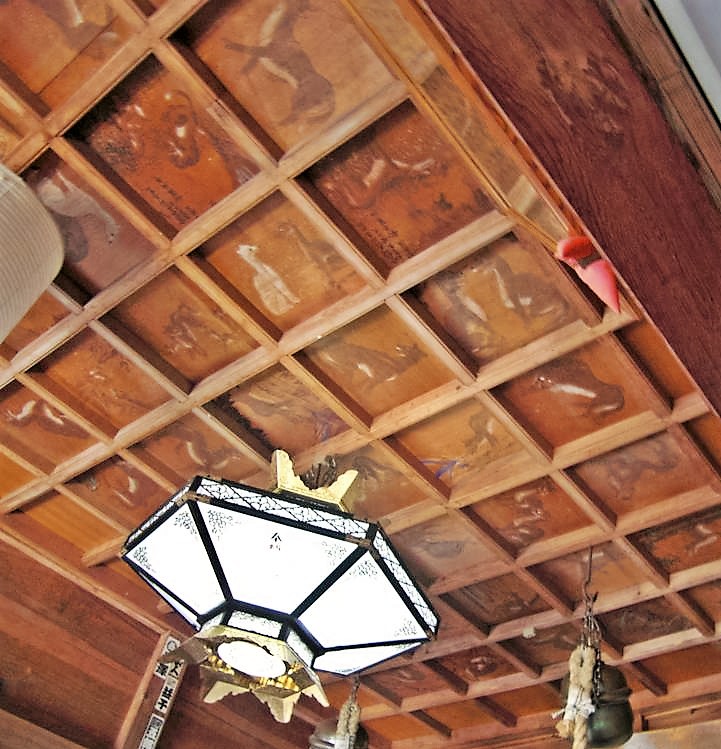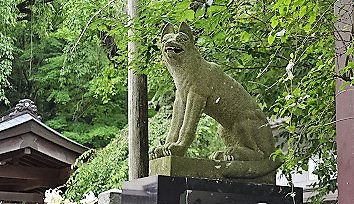| Homepage Ralph Häussler |
|
- Home
- CV
- Research
-
Celtic Religions
-
Wolf
-
City of Worms
-
Railways
- RailHeritage >
- Aberyswyth-Carmarthen
- RailWorms >
-
Tramways
>
- Tram Amsterdam
- Tram Barcelona
- Tram Basel
- Tram Berlin
- Tram Blackpool
- Tram Bonn
- Tram Bruxelles
- Crich Tram Museum
- Tram Darmstadt
- Tram Dresden
- Tram Edinburgh
- Tram Frankfurt
- Tram Graz
- Tram Grenoble
- Tram Heidelberg
- Tram Innsbruck SLB
- Tram Karlsruhe
- Tram Linz
- Tram Lisboa
- Tram Llandudno (Gt Orme)
- Tram London
- Tram Lyon
- Tram MaLu
- Tram Manchester
- Tram Milano
- Tram Montpellier
- Tram Mulhouse
- Tram Nottingham
- Tram OEG
- Tram Orleans
- Tram Paris
- Tram Reims
- Tram Roma
- Tram Salzburg
- Tram Torino
- Tram Strasbourg
- Tram Wien
- Tram Wien Badner Bahn
- Tram Worms
- Tram Zaragoza
- Tram Zurich
- NarrowGauge >
- Trolleybuses
- U-Bahn Metro
- Epona
- Pets
see below for disclaimer and copyright
Click here for part 1 of "Wolf Mythology". - Sorry, page is still "work in progress".
For comments & suggestions, please contact me: [email protected] Thanks for your patience while the images are downloading...
The sacred Mountain Wolf, 山犬, is also called Oinusama, 御犬様 (O-inu-sama, "Honorable Wolf Deity": inu means dog, but the words for dog and wolf are often used synonymously). For example, the Yamazumi Shrine (Misakubo, Shizuoka Prefecture) has a long history of wolf worship; founded in A.D. 709 when Oyamazu no Kami, generally called Yamazumi Daigongen, a wolf deity (Yamazumisama, 山住様 /ヤマズミサマ, "Deity living in the mountains"), was invited here from Iyo province. The shrine is famous for its wolf cult and the legend/myth tell us that, "When Tokugawa Ieyasu took refuge in a mountain to escape from the attack of the Takeda clan, the mountain suddenly began to quake and he heard great roaring of a wolf, which drove away the enemy."
Interestingly, the word for wolf, ōkami (狼), is phonetically identical with the name of a great god or goddess, ōkami (大神: 大 (ō, “great”) + 神 (kami, “god, spirit”), as in the case of the great goddess Amaterasu, who is also called ōkami; however, she never seems to have been identified with a wolf, only in 21st-century adaptations of her myth, though we should not make any assumptions ex silentio.
The wolf is a guardian when it is properly attended to and cared for. - For example, he is a guardian who protects the traveller, as we can see in many myths and legends. Farmers used to worship wolves at shrines and left food offerings near their dens, beseeching them to protect their crops from wild boars and deer. Inu no ubumimai is a tradition in which one gives a female Honshu wolf rice when she gives birth to cubs; and in return she would protect the village and assist in danger (cf. Walker 2008). Here, we can also refer to India since Hindus traditionally considered that the hunting of wolves was a taboo since they feared that it may cause a bad harvest! In Japan, talismans and charms adorned with images of wolves were thought to protect against fire, disease and other calamities and brought fertility to agrarian communities and to couples hoping to have children. On wolves in Japan, cf. e.g. B.L. Walker, The Lost Wolves of Japan (2008), and J. Knight, Waiting for Wolves in Japan: An Anthropological Study of People-Wildlife Relations (2003). 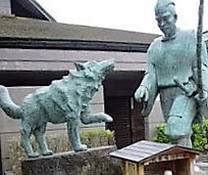 Okubo Samanosuk and the white wolf Okubo Samanosuk and the white wolf
I also found this story of a white wolf:
In the year 1164, Okubo Samanosuke (a samurai of Minamoto no Yoshitomo) was on a pilgrimage to the famous Mount Mitoku (in Tottori Prefecture, 990m; the "Mount of thee virtues", 三徳, santoku: Buddhism's three primary virtues: wisdom, renunciation & judgement) to pray for the revival of his house/country. On the way he met an old white wolf, divine messenger of the god Myoken Daibosatsu (妙見山 - the originally Indian deity Sudrsti; also the deified polar star). Although he took up his bow to shoot the wolf, he decided otherwise, helped the wolf in distress and let it go. The following night the god Myoken appeared in his dream and told Okubo Samanosuke about a sacred spring at the roots of the old camphor tree (Kusunoki, 老楠). The god Myoken revealed its location to Okubo in appreciation that he had spared the white wolf's life. Next day, Okubo discovered the hot spring (kabu-yo) at the place which the god indicated, and its water would heal many diseases of the local villagers. This was the beginning of Misasa Onsen which still today is a famous "spa" where the myth has been immortalised by a sculpture: see http://spa-misasa.jp/eng/. Here, at Misasa Onsen, we also find the Misasa Jinsho, the "Tug-of-War Festival", a folk ritual that takes places between two teams that are divided into "east" and "west". The shape of the rope, formed from the fuji-kazura trees, from the sacred grounds of Mount Mitoku, represents the harmonising of humans with nature. Again my apologies for the unreliable source: http://spa-misasa.jp/eng/ and http://heianperiodjapan.blogspot.co.uk/2015/07/daibosatsu-legends.html and finally http://spa-misasa.jp/japan-heritage/en/spa-misa/ - If you know a better source of this myth, let me know please. "Wolf Gods" in Egypt // Wolfsgötter in Ägypten: Anubis & Wepwawet
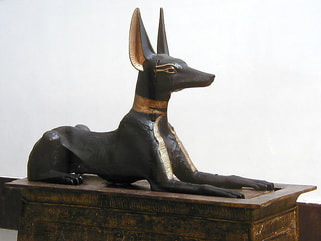
We should not forget egypt. The god Anubis was represented as a wolf (or human with wolf head). What used to be identified as a jackal is nowadays interpreted as a wolf (see the rather slender Ethopian wolf that is threatened by extinction today). Here, a recumbent statue of Anubis as black-coated wolf from the Tomb of Tutankhamun (photo: Jon Bodsworth, egyptarchive.co.uk)
The god Wepwawet (or Upuaut) was usually represented as a wolf. Wepwawet means "Opener of the ways", e.g. opening the way to the pharao's victory, also as "opener" of the sky, or guiding the deceased into the netherworld. He is often depicted as a wolf standing at the prow of a solar-boat (see image). His main cult centre was Asyut, called Lycopolis in Greek (the "City of Wolves"). (more info)
Also see page 1 for images of the goddess Isis and the wolf in Greco-Roman period. |
|
|
More Examples of Mythical & Divine Wolves
from Japan and the Americas
Work in progress - for comments & suggestions: [email protected] - Thanks!
Disclaimer: please surf at your own risk...
The information contained in this website is for general information purposes only. I endeavour to keep the information up to date and correct, but I cannot guarantee its completeness, accuracy, reliability or suitability. I am not responsible for any action taken as a result of the information or advice on my website.
Through this website you are able to link to other, external websites which are not under my control; these links are being provided as a convenience and for informational purposes only; the inclusion of any links does not necessarily imply a recommendation or endorse the views expressed within them, and I bear no responsibility for the accuracy, legality or content of the external site or for that of subsequent links. Contact the external site for answers to questions regarding its content. Some off-site links might change in the course of time, and content might change as well; if a link is not appropriate, or if it no longer exists, please let me know so that I can remove it. I always welcome any comments to improve the site.
Copyright:
The content and research of this website is protected by copyright. No portion of this website may be copied or replicated in any form without the written consent of the website owner. Many of the images on this page come from external sites: I have tried to find out the copyright owners of all the images on this page and I apologise if I missed someone or if I was not able to find the original sources/photographer/copyright owner. The site is still work-in-progress: sorry if I forgot to add a reference.
How to cite this page:
Raph Häussler (2016) Wolf & Mythology, retrieved from https://ralphhaussler.weebly.com/wolf-mythology-italy-greek-celtic-norse.html
The information contained in this website is for general information purposes only. I endeavour to keep the information up to date and correct, but I cannot guarantee its completeness, accuracy, reliability or suitability. I am not responsible for any action taken as a result of the information or advice on my website.
Through this website you are able to link to other, external websites which are not under my control; these links are being provided as a convenience and for informational purposes only; the inclusion of any links does not necessarily imply a recommendation or endorse the views expressed within them, and I bear no responsibility for the accuracy, legality or content of the external site or for that of subsequent links. Contact the external site for answers to questions regarding its content. Some off-site links might change in the course of time, and content might change as well; if a link is not appropriate, or if it no longer exists, please let me know so that I can remove it. I always welcome any comments to improve the site.
Copyright:
The content and research of this website is protected by copyright. No portion of this website may be copied or replicated in any form without the written consent of the website owner. Many of the images on this page come from external sites: I have tried to find out the copyright owners of all the images on this page and I apologise if I missed someone or if I was not able to find the original sources/photographer/copyright owner. The site is still work-in-progress: sorry if I forgot to add a reference.
How to cite this page:
Raph Häussler (2016) Wolf & Mythology, retrieved from https://ralphhaussler.weebly.com/wolf-mythology-italy-greek-celtic-norse.html
